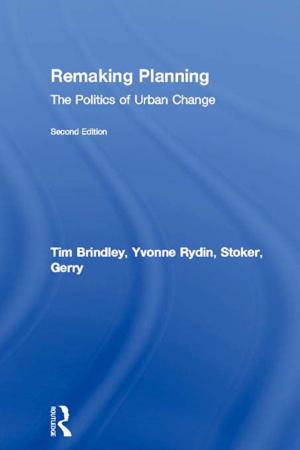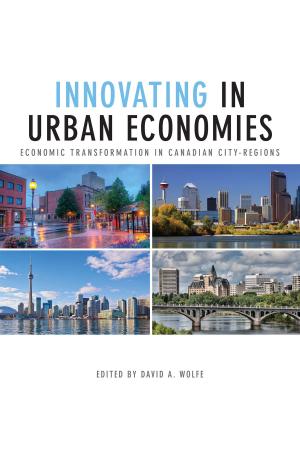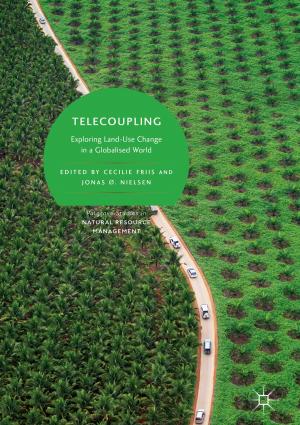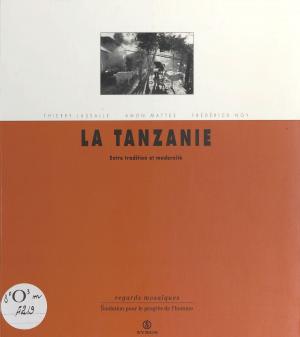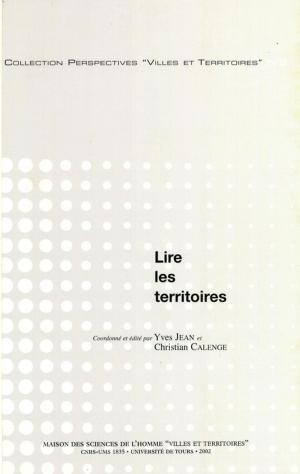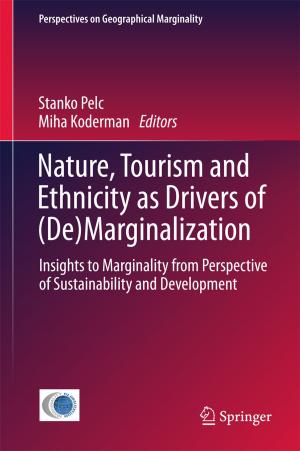Terra non Firma Earth
Plate Tectonics is a Myth
Nonfiction, Science & Nature, Science, Earth Sciences, Geophysics, Geology, Geography| Author: | James Maxlow | ISBN: | 9780992565244 |
| Publisher: | Terrella Press | Publication: | March 6, 2015 |
| Imprint: | Terrella Press | Language: | English |
| Author: | James Maxlow |
| ISBN: | 9780992565244 |
| Publisher: | Terrella Press |
| Publication: | March 6, 2015 |
| Imprint: | Terrella Press |
| Language: | English |
This book summarises research into Expansion Tectonics and is suitable for all persons interested in the geosciences. In this book, modern geological, geophysical, and geographical evidence is used to recreate the entire 4,000 million years of our Earths geological history. This evidence is then used to challenge the misconception that plate tectonics is the key to understanding our Earth sciences. In contrast to a random plate tectonic process, the formation and break-up of each of the continents, as well as a sympathetic opening of all the oceans is instead shown to be simple, progressive and evolutionary. All ancient magnetic poles are precisely located on Expansion Tectonic small Earth reconstructions of the ancient Earth, and all established poles and equators are shown to coincide with observed climate zones and biotic evidence. Similarly, faunal and floral species evolution is shown to be intimately related to this progressive continental break-up and oceanic crustal development. Global extinction events coincide with wholesale climate and sea-level changes, and the distribution of metallic ores and petroleum occurrences are readily comprehended.
This book summarises research into Expansion Tectonics and is suitable for all persons interested in the geosciences. In this book, modern geological, geophysical, and geographical evidence is used to recreate the entire 4,000 million years of our Earths geological history. This evidence is then used to challenge the misconception that plate tectonics is the key to understanding our Earth sciences. In contrast to a random plate tectonic process, the formation and break-up of each of the continents, as well as a sympathetic opening of all the oceans is instead shown to be simple, progressive and evolutionary. All ancient magnetic poles are precisely located on Expansion Tectonic small Earth reconstructions of the ancient Earth, and all established poles and equators are shown to coincide with observed climate zones and biotic evidence. Similarly, faunal and floral species evolution is shown to be intimately related to this progressive continental break-up and oceanic crustal development. Global extinction events coincide with wholesale climate and sea-level changes, and the distribution of metallic ores and petroleum occurrences are readily comprehended.

